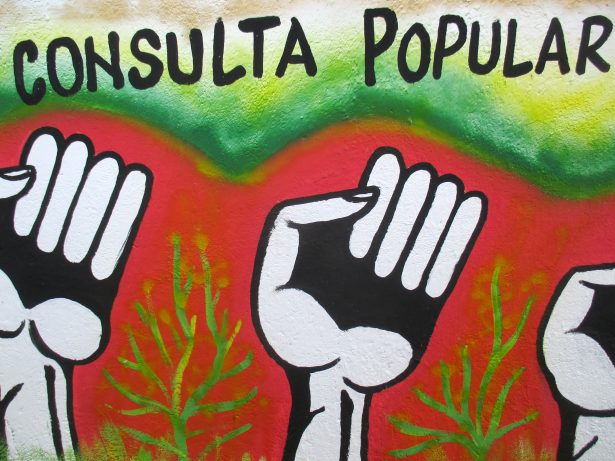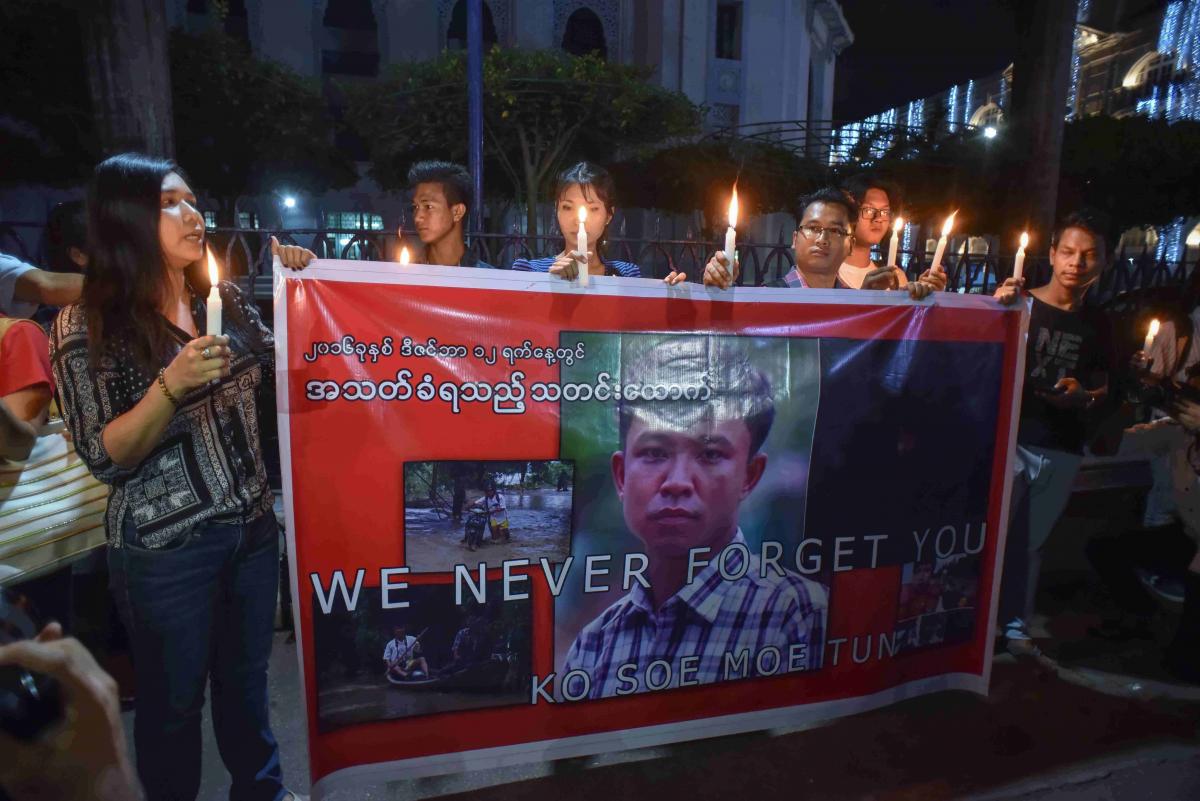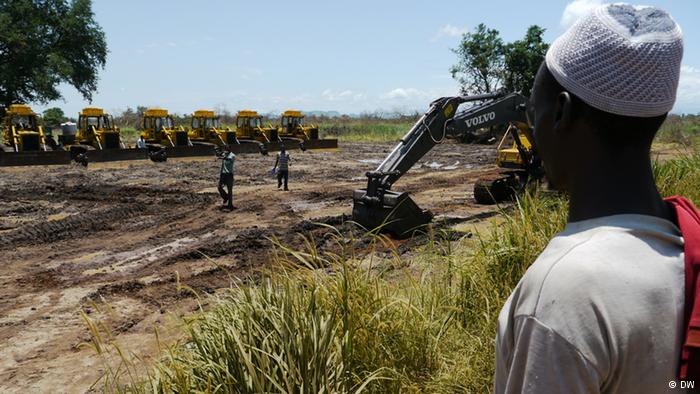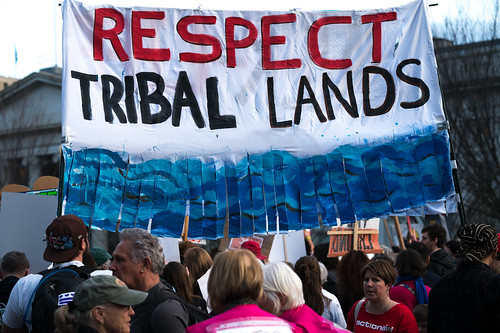Features
SERVING THE 'NATIONAL INTEREST'?
Tribal Rights and Federal Obligations from Dakota Access to Keystone XL
by Monte Mills, Jurist
On March 23, Thomas A. Shannon, Jr., the Under Secretary of State for Political Affairs, determined (PDF) that issuing a permit to authorize the Keystone XL pipeline (KXL) "would serve the national interest." In doing so, Under Secretary Shannon admitted that, from an environmental justice perspective, the 875 miles of the KXL traversing portions of Montana, South Dakota, and Nebraska, "could...disproportionally affect[ ]" Indian tribes in the region "should an oil release occur."
The State Department's national interest determination relied upon environmental reviews completed in 2014, but the legal, cultural, and social protests brought last year by the Standing Rock Sioux and other tribes to the Dakota Access Pipeline prompted a distinct shift in the world's consciousness of tribal rights. Although the water protectors have been evicted from their camps and oil can now flow beneath Lake Oahe, Standing Rock's legal challenge to the pipeline is yet to be resolved. As lawsuits over the State Department's KXL decision begin to mount, the pending outcome of Standing Rock's case may give tribes new grounds on which to challenge the State Department's decision by properly protecting tribal treaty rights and the federal government's trust responsibility to tribes.
DONALD TRUMP: A FASCIST BY ANY OTHER NAME

by Bill Weinberg, Fifth Estate
In the streets of Washington DC on inauguration day, Black Bloc protesters notoriously smashed windows and set a limousine on fire. Fortunately, I wound up on the other side of the police lines when the cops sealed off the area and herded some 200 into pens of metal barricades, where they were kept waiting in the cold for hours before being hauled off to jail.
The surrounding streets were filled with less militant if more colorful protesters. Two young fellows held aloft a big banner with a reproduction of a frame from a 1940s comic book showing Captain America slugging Hitler. The caption: "Fighting Nazis is an American tradition! Stop the 'alt-right'!"
The radical right is now ensconced at the highest levels of power, and is emitting an increasingly fascistic stench.
ASSAMESE MUSLIM GIRL OVERCOMES DIKTAT

by Nava Thakuria, CounterVortex
Defying the diktat of local Islamic clerics, a Muslim teen singer recently performed at a cultural function in India's conflicted northeastern state of Assam. The Indian Idol celebrity, Nahid Afrin, 16, not only sang in the cultural night on March 25, but also enthralled thousands of audience members till midnight.
News broke on March 14 from the Muslim-dominated Hojai and Nagaon localities of central Assam, where some residents distributed a two-page leaflet (termed gohari or appeal) urging that the proposed cultural show at the Udali Sonai Bibi College campus in Lanka town of Hojai district should be discouraged.
Endorsed by 46 Muslim representatives of a number of Assam-based Islamic organizations, it asserted that no cultural function should be held at the venue as it was surrounded by mosques, madrassas, eidgahs (public prayer spaces) and cemeteries. It warned that the performance violated Sharia, was a threat to the sanctity of future generations, and would invite the wrath of Allah.
COMMUNITY POWER AGAINST MEGA-MINING
The Municipal Resistance in El Salvador

by Sandra Cuffe, Waging Nonviolence
Communities and organizations in northern El Salvador continue to organize referendums in an effort to keep their territories free of mining.
Established by the country's Municipal Code as a mechanism for community participation, the consulta popular is an official municipal-level referendum on an issue of local concern that can be invoked by petition if residents are able to gather signatures from 40 percent of registered voters. On the books for years, the mechanism had never been used, but it now plays an important strategic role in the country's movement against metallic mining.
The most recent referendum took place on February 26, when more than half of all registered voters in the municipality of Cinquera flocked to polling stations in four communities. The final tally was along the lines of the four previous referendums on the issue: 98.1 percent of participating registered voters in Cinquera cast a ballot opposing metallic mining exploration and exploitation. The local government will now draw up an official municipal ordinance prohibiting mining in its jurisdiction.
ONLY LEFT RADICALISM CAN STOP FASCISM

by Laurence Davis, openDemocracy
Two new worlds are now struggling to be born amidst the crumbling ruins of neoliberalism and market globalization. The first is the waking nightmare now unfolding in the United States in the glare of the international media. A reality show with a cast of horrors, its politically successful mix of faux right-wing populism and neo-fascism has inspired and emboldened autocrats everywhere and threatens in the absence of an effective counter-power to become our new global reality.
The second, a just, compassionate, ecologically sound and democratically self-managed post-capitalist world, may be detected in what Colin Ward once described as scattered "seeds beneath the snow." Deeply rooted in a rich soil of ideas and a utopian imagination nourished by countless counter-cultural critics of capitalism, industrialism and grow-or-die economics from William Morris, Peter Kropotkin and Elisée Reclus to Gandhi, Ivan Illich, Murray Bookchin and Ursula Le Guin—as well as a long history of popular movements from below working to resist regimes of domination and develop progressive and sustainable alternatives—the tender shoots of another world are emerging all around us.
BURMA: SCRIBE'S MURDER TESTS DEMOCRACY

by Nava Thakuria, CounterVortex
Killings of media workers on the Indian subcontinent are nothing unusual. The subcontinent annually losses around 10 journalists to assassins. India, Pakistan and Afghanistan often top the list of victims, with additional inputs from Bangladesh and Burma. Despite its still-tentative democratic opening after generations of dictatorship, Burma (also known as Myanmar or Brahmadesh) as a whole witnesses fewer incidents of journo-killing, with only five regsitered over the past one-and-a-half decades. But the recent murder of a young reporter in Burma's northwestern region, adjacent to India's conflicted states of Nagaland and Manipur, exposes the vulnerability of writers who dare to cover critical issues—in this case threats to the environment by rampant resource exploitation in the region.
Ko Soe Moe Tun, 35, of Monywa, a town in northern Sagaing region, was found dead near his home on December 13—clearly targeted for his extensive investigations and reportage on timber-smuggling and illegal logging and mining in northwest Burma. The reporter, employed by national newspaper Daily Eleven, also posted few details on his Facebook page about the figures involved in the illegal timber trades. The autopsy report revealed that Soe's skull was fractured. He leaves behind a young wife and a son. The family source claimed that he was popular in his locality, with no enmity toward anyone.
AMERICAN 'LEFT' ABETS TRUMP-PUTIN AXIS
by Bill Weinberg, Muftah
The United States is poised on the brink of a fascistic situation since the inauguration of Donald Trump. But the American left, logically the wellspring of resistance to the establishment of a fascistic order in the world's most powerful country, finds itself in a very compromised position.
With many Democrats denying the legitimacy of Trump's presidency on the basis of evident Russian manipulation of the election, it is a bitter irony that the most popular "progressive" voices are rushing to exonerate Moscow of meddling. Glenn Greenwald, Matt Taibbi, and Jeremy Scahill are among those effectively seeking to exculpate Vladimir Putin, demanding the CIA show its "evidence," as if this—and not preparing to resist Trump—were the urgent priority. It also ignores the reality that Trump's toeing of the Moscow line on Syria, Ukraine and NATO (not to mention his fawning praise of Putin) strongly points to a quid pro quo.
THE GLOBAL LAND-GRAB

by Bill Weinberg, Skunk Magazine
On Maple Street in the Brooklyn enclave of Prospect Lefferts Gardens there is a little plot of land filled with garden beds where local residents grow kale, garlic, beans, peppers and other such organic yummies. Aptly if not imaginatively named Maple Street Community Garden, this is, like many such gardens around New York City, reclaimed land. When local residents moved in and started turning it into a garden three years ago, it had for years before that been a blighted vacant lot, weeds growing amid dumped washing machines and car parts. "It was a total jungle," said Tom La Farge, one of the gardeners. He was shoveling compost when I dropped by the garden on a cold day in early March.
The garden has received some acknowledgement from pillars of the city's establishment. The Maple Street Block Association received a $1,000 grant from the Citizens' Committee of New York to clean up the lot. The garden is now part of the GreenBridge network, set up by the Brooklyn Botanic Garden to promote urban greening with plant and seed donations.
But on September 22, 2014, the brothers Michael and Joseph Makhani—partners in a limited liability company claiming to own the plot—showed up at the garden, tore down the sign on the fence reading "Maple Street Community Garden," and told the gardeners to clear out. When they refused, the brothers retorted, "You'll leave when the back-hoes come," La Farge recalls.

















Recent Updates
2 days 16 hours ago
3 days 19 hours ago
3 days 19 hours ago
4 days 9 hours ago
4 days 9 hours ago
4 days 12 hours ago
4 days 12 hours ago
4 days 12 hours ago
1 week 11 hours ago
1 week 3 days ago